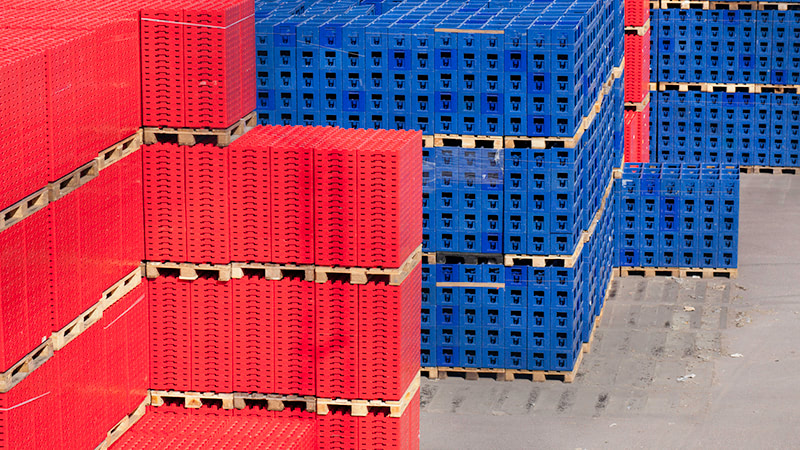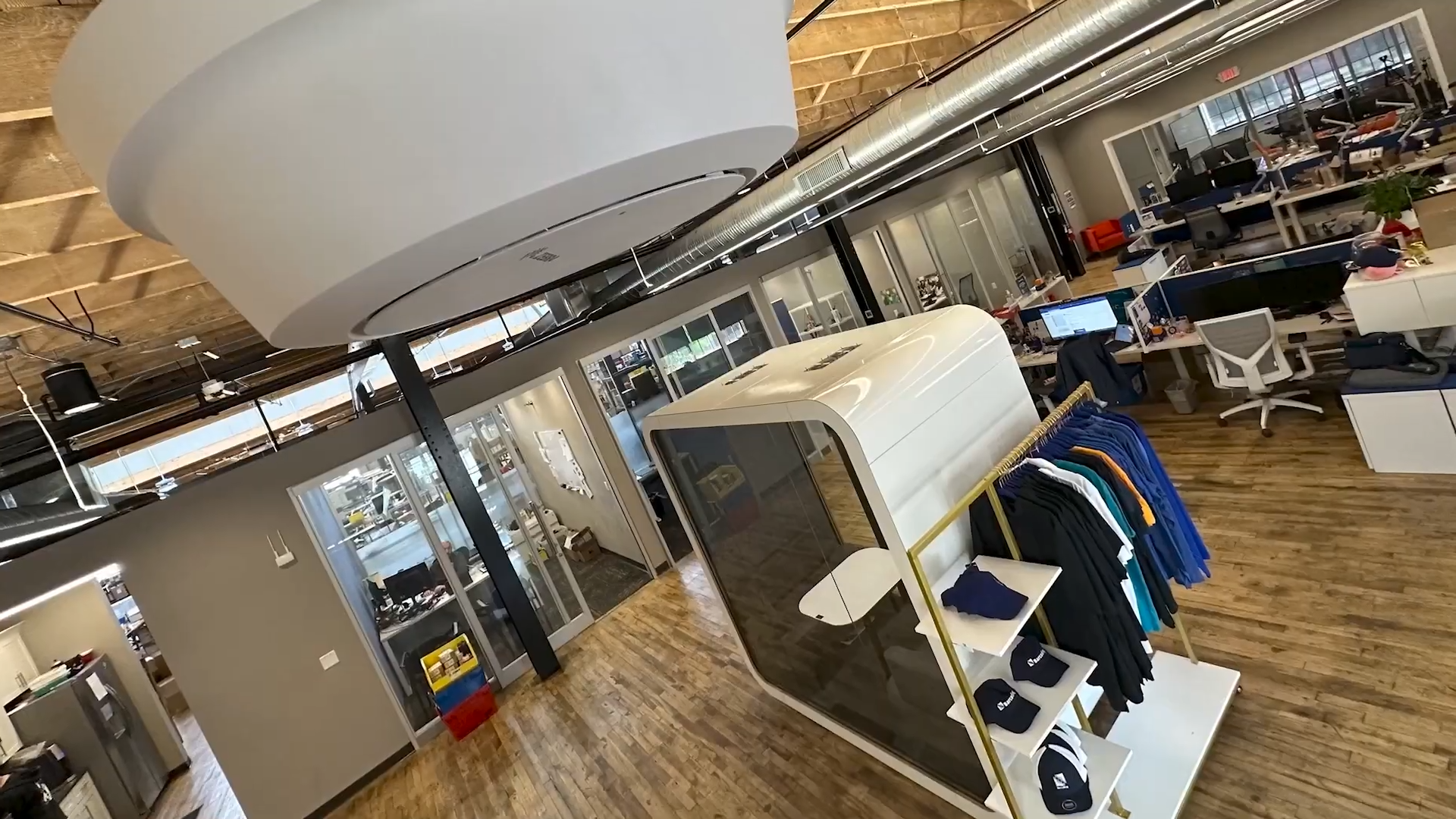Supply chains require and consume resources on an enormous scale, and the broader climate impacts of resource consumption deserve and demand increased attention.
Not so sure?
The US Environmental Protection Agency (EPA) attributes more than 90% of organizations’ greenhouse gas (GHG) emissions directly to their supply chains.
That’s an attention-grabbing percentage, and one that’s compelling leaders across supply chains to take action in terms of tighter asset tracking and control.
Conserving resources and addressing climate impacts are no longer questions of who’s contributing to the issues or what level of responsibility any single company holds. Today, every organization has increasing access to choices that can reduce their overall carbon footprint while also reducing costs and improving operational efficiency.
Returnable Transport Items and Supply Chain Sustainability
More than 95% of manufacturer respondents cited in the 8th Annual State of Smart Marketing Report have enacted policies within the last two years that prioritize sustainability.
Returnable Transport Items (RTIs) such as plastic pallets, totes, and kegs fit squarely into many of these initiatives. RTIs promote sustainability because they inherently:
- reduce waste by eliminating single-use shipping solutions
- minimize dependence on less eco-friendly options such as wood pallets
- reinforce the return-reuse mindset that serves a dual purpose: driving sustainable practices and increasing operational efficiency and profitability
Barcoding partner Real Time Intelligence underscores the value of RTIs in a more sustainable world, with an important caveat: Companies can’t achieve sustainability or operational goals without tracking reusable assets.
RTI Tracking Programs Protect Assets and Investments
For years, organizations have reluctantly accepted the status quo that there is just an inherent management and capital cost of doing business when using RTI’s.
But now, the rules have changed—dramatically. There are tools we can apply to understand complex supply webs where assets are moving in many directions and being handled by many different trading partners everyday, all contributing to a massive annual loss in lost or unreturned assets, damaged assets, slow cycle times, and other previously hard to measure but very detrimental metrics.
Now, with the advancement of sensors and powerful data analytics, we are able to pinpoint where loss is happening, what trading partners are creating cycle day issues, and even what products or materials are causing excess cleaning and/or repair demands on these fleets.
—Real Time Intelligence CEO, Dave Horvat
Lost, stolen, misplaced, or damaged RTIs rack up considerable cost for U.S. companies—an estimated $1 billion annually just in replacements. That’s money out the door with little or no likelihood of being recouped. As a result, implementing a reusable asset tracking program is a technology spend that 86% of operational decision makers support.
Two popular automated reusable asset tracking solutions are scannable barcode labels or RAIN RFID-tagged RTIs with IoT-connected scanners deployed at critical supply chain points. Both are effective, but RAIN RFID location tracking programs may hold the upper hand. Unlike barcode labeling that use handheld readers for line of sight scanning, RAIN RFID technology eliminates dependence on operators scanning labels—and, therefore, also eliminates the risk of human error. Data is accurate, and complete visibility of all RTI asset locations is ensured.
Supply chains are a necessary part of doing business. Companies that lean into reusable assets and RTI tracking programs to collect data and optimize supply chain management empower themselves to achieve sustainability and operational goals. Learn about the strategic role of RAIN RFID in our infographic, How RAIN RFID Implementation in Distribution Center Management Systems Can Boost Profitability.







